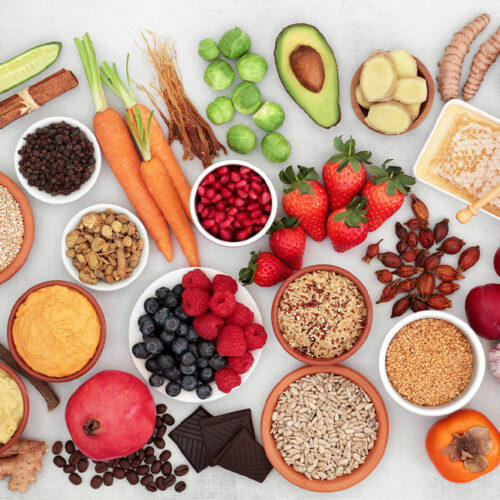5 popular woman antiperspirant and deodorant sprays

Nothing can be a major turn off than body odor, especially in a warm and humid setting. So, it is important to find a deodorant that keeps you fresh and body odor at bay. But, finding the right antiperspirant or spray deodorant can be tedious, especially when you shop online. But worry not! Here’s a list of popular womens’ antiperspirants and spray deodorants you can bag before 2021 comes to a close. Antiperspirants Dove Invisible Solid Antiperspirant, Original Clean The Dove invisible provides all-day protection from sweat and odor. All you need to do is apply the deodorant stick up and down each underarm about two to three times a day evenly for positive results. The product is infused with Dove’s classic scent, which lets you experience a fresh and clean fragrance throughout your day. Get this from stopandshop.com at $3.99 today. The Clean Deo When it comes to organic deodorants, The Clean Deo stands tall as the best antiperspirant in its segment. The aluminum-free formula can stay on your skin all day without leaving those annoying white stains on your clothes. It also has a calming lavender fragrance infused into its formula that you’re going to love. You can buy The Clean Deo from Beutycounter.com at a discounted price of $23.80.






